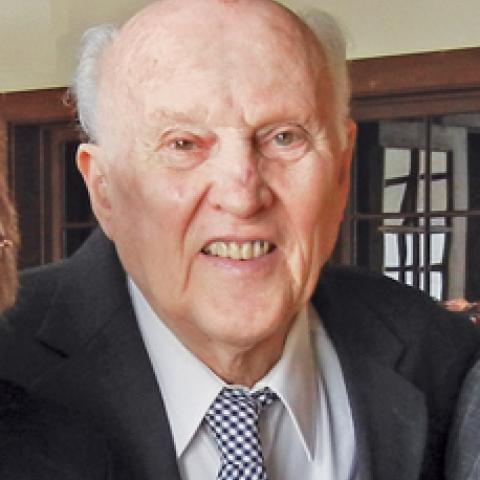
Johannes (John) Wessel of Brattleboro, Vermont, died January 7, 2014, at age 91. He was born in Zoeterwoude, Holland on November 15, 1922, to Willem and Aagje (van Vliet) Wessel. At age 13, he started working for van Leeuwen Pipe Organ Company in Leiden, a profession that he stayed with throughout his life until his retirement in 2002. Wessel was well known throughout New England for his voicing skills.
During World War II, he spent years successfully evading the occupying German troops who were actively searching for young Dutch men to work in their factories. In 1946, he married Sophia A. van Hoeven. The family emigrated to Brattleboro in 1954 after he was invited to work for the Estey Organ Company. After Estey closed in 1960, he continued building, restoring, repairing, and maintaining pipe organs throughout Vermont and much of New England. In addition to maintaining most of the organs in Brattleboro, he moved Estey Opus #1 from its original home in the former Methodist Church on Elliott Street to the new church on Putney Road, and built the organ in St. Michael’s Catholic Church on Walnut Street.
Johannes (John) Wessel is survived by his wife Sophia, son Willem Wessel of West Chesterfield, New Hampshire; daughters Nellie Hamilton of Hinsdale, New Hampshire, Trixie Stinebring of Spofford, New Hampshire, Joy Trigg of Williston, Vermont, and Rose Wessel of Cummington, Massachusetts, and nine grandchildren, three great grandchildren, and one great-great grandchild.



